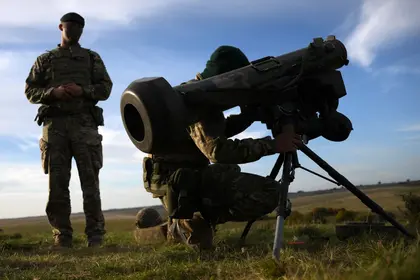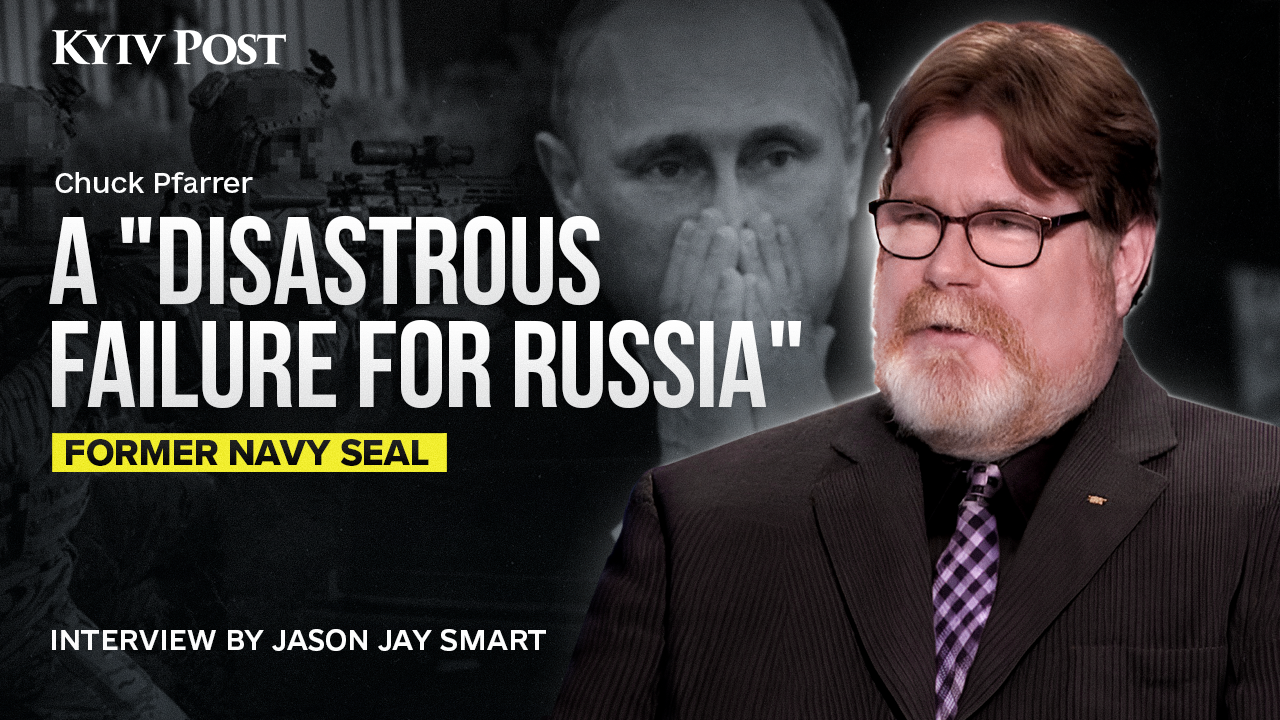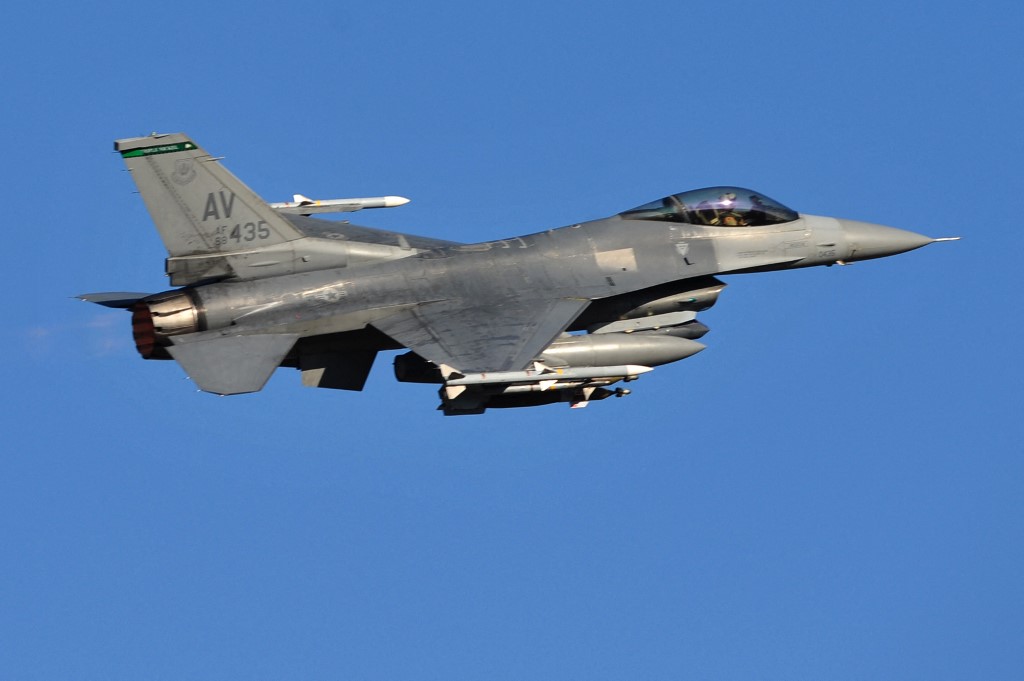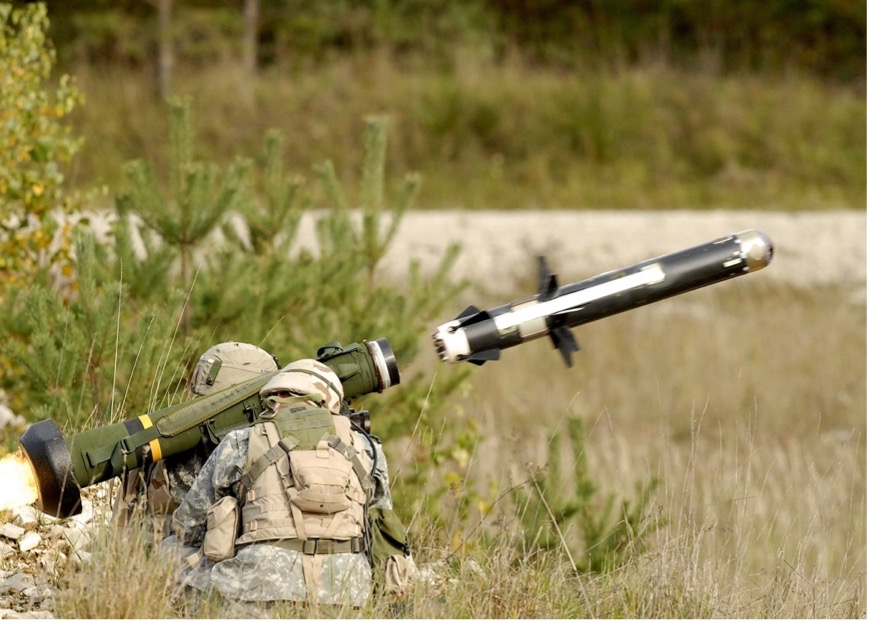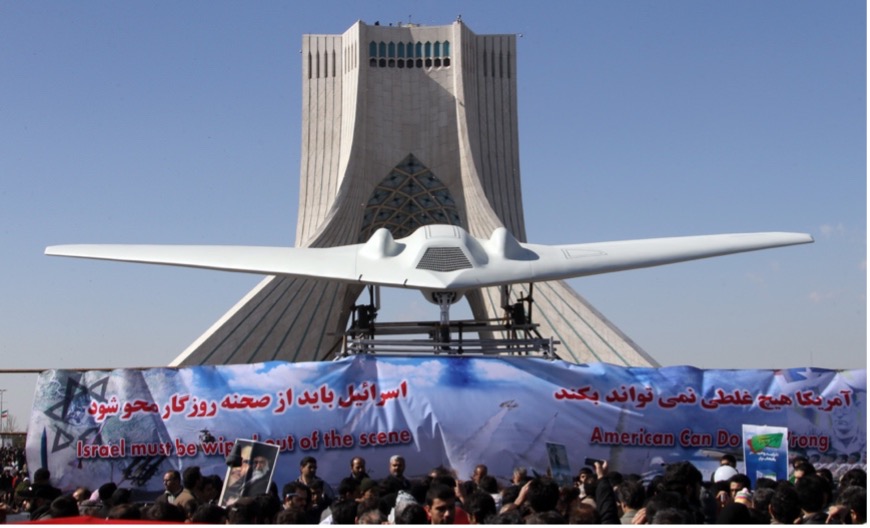On the collapse of the Soviet Union, Ukraine inherited huge stocks of weapons and ammunition, that had been stored on its territory. In the mid-1990s and early 2000s Ukraine earned an unenviable reputation for selling off many of these weapons, both legally and illegally, to anyone and everyone who had the cash.
A 1998 Ukrainian parliamentary commission discovered that, in the years 1992-96, military stocks worth US$32 billion had gone missing from stocks and illegally sold abroad. It found that, because of limited manpower and financial resources, Ukraine’s huge weapon armories and ammunition magazines were often left unguarded and were thus easy targets for thieves. It also found that, frequently, those tasked with securing the storage sites were responsible for many of these thefts.
JOIN US ON TELEGRAM
Follow our coverage of the war on the @Kyivpost_official.
Even though Ukraine took steps to overcome the problems, it also didn’t help itself with, ostensibly legal transactions, that proved to be anything but.
The most notorious example of this was in 2008, when the MV Faina, a Belize-flagged cargo ship owned and operated by the Ukrainian company Kaalbye Shipping, was hijacked by Somali pirates. After being held for 5 months, the US navy recovered the ship, whose cargo was found to be 33 Ukrainian T-72 tanks, man-portable anti-aircraft systems, rocket propelled grenade launchers and assorted ammunition.
Ukrainian export licenses gave Kenya as the end user for the equipment but it was found later that it was actually bound for South Sudan, which was engaged in the ongoing 20-year civil war with the Sudanese government.

EU Transfers €1.5 Bln Raised From Russian Assets for Ukraine
This checkered history, combined with the fact that many of the illegal weapons currently encountered in Europe were diverted into the hands of criminals from forces fighting the last European war in the Balkans, led Paul James the NABIS spokesman, to say:
“Over the last 15 to 20 years, guns from the Western Balkans … have been used in a lot of very high-profile crime and terrorist incidents, and we're still trying to reduce the flow of firearms from there. I think the situation in Ukraine is going to be much worse than that."
However, prior to the war, Ukrainian gun laws were quite strict. It was permitted to own non-fully automatic rifles and shotguns, but ownership of handguns was tightly controlled and firearms offences were relatively low. That said, the Geneva-based independent research body, the Small Arms Survey, estimated in 2017 that while Ukrainians held around 800,000 registered firearms, there were another 3.5 million unregistered guns in civilian hands.
What has made European observers even more nervous is the fact that on the day Russia’s invasion started, President Zelenskyy said "We will give weapons to anyone who wants to defend the country.”
In just two days, over 25,000 automatic rifles and other weapons, including rocket propelled grenade (RPG) launchers, were handed out to civilians, according to the then Interior Minister, Denis Monastyrsky. All that was needed to get a rifle at the time was an I.D. card. Although the Ukraine authorities seem to have records of who was armed, no figures have been published on the total of weapons issued in the intervening period or, perhaps more importantly, weapons since lost on operations. Some estimates suggest that as many as one million rifles were handed out.
Not unexpectedly, the Russians began an “intensive disinformation” campaign concerning alleged "arms smuggling by Ukraine", of both weapons given out by the Kyiv authorities and those supplied by its allies.
In mid-2022 both the US and the EU introduced monitoring and control mechanisms, in cooperation with Ukraine, to ensure weapons, provided to support Ukraine’s war against Russia, were recorded and used for legitimate purposes. This included a system of inspections and on-site verification of the equipment provided.
Europe’s Concerns
Unsurprisingly, the areas of interest for the two bodies, are differently focused. The EU’s main concern is the danger of small arms and light weapons (SALW), being smuggled out of Ukraine, for use by criminals and terrorists, as happened in the Balkans.
On Feb. 23 2022 immediately before the Russian invasion and the declaration of a state of emergency, the Ukrainian parliament approved a law which gave citizens the right to carry weapons for the purpose of self-defense.
This was, then, intended to be a temporary measure. The question is now, will the war change Ukrainian attitudes to and the laws relating to the ownership of firearms?
Andrii Osadchuk who, as the first deputy head of the Verkhovna Rada Committee on Law Enforcement, stated in May last year: “The war has changed attitudes towards weapons. The war forces us to welcome weapons into the hands of citizens.”
In another interview he said: “Ukraine has distributed a huge quantity of weapons which we are unlikely to be able to collect back … the question is should we even try?
The war has definitely changed Ukrainian attitudes to gun ownership. Two surveys held in mid-2022, one by the data company “Rating” and another on the “Diia” mobile app, showed almost 60% supported the right to own firearms. This contrasts starkly with a similar survey, in 2018, when more than 70% of those consulted opposed ownership.
U.S. Concerns
The US has placed greater emphasis on the potential for the loss of the large, sophisticated, modern weapons it was supplying.
The US assessments were that, by and large, Ukraine had taken measures to “appropriately safeguard and account for transferred US-origin defense equipment … particularly sensitive and advanced conventional weapons including Man-portable Air Defense Systems (MANPADS) and Anti-Tank/All-purpose Tactical Guided Missiles (ATGMs).”
The main concern of the U.S. was not that Ukraine might misuse the weapons it had received, but that Pro-Russian forces might capture the materiel donated to Ukraine by the USA and others, which could then allow them to develop counter-measures to the weapons or to transfer the captured weapons to a third party.
In fact, it seems that the US was correct in its latter concern. Reports appeared in early March, that Russia had sent captured western weaponry to Iran, with the hope that they could reverse engineer the weapons that seemed to be giving Ukraine a winning edge in the war.
On the face of it, that seems a strange thing for the Russians to do. Surely their own scientists and engineers would be well-placed to do that? This was done for three reasons:
Firstly, Iran is good at it. It has a history of taking U.S. technology and reproducing it.
In the 1970s they reverse-engineered captured American BGM-71 TOW ("Tube-launched, Optically-tracked, Wire-guided") anti-tank guided missiles (ATGM) to produce their own “Toophan” ATGM.
In 2011 the Iranians acquired a Lockheed Martin RQ-170 “Sentinel” drone that crashed on the Iran-Afghanistan border. Six years later an exact copy of the drone, with Iranian markings, was shot down in Israeli airspace.
Secondly, Iran is currently more likely to be able to secure the necessary high-tech components contained in these weapons from western sources, because of sanctions against Russia.
Thirdly, Russia did so to encourage Teheran to continue to maintain its support for Russia’s war in Ukraine. Iran has been openly supportive of Russia in its so-called “special military operation”, supplying hundreds of the “Shaheed” kamikaze drones, as well as artillery and tank ammunition.
Should the liberalization of individual gun ownership continue beyond the war?
Many (non-American) experts point to the USA as an example of how the “non-interventionist” approach to gun ownership doesn’t work. This has resulted in the widespread use of guns in domestic and social disputes and has led to an increase in murders, suicides and mass-shootings.
Other experts believe that this phenomenon is more complex than just a function of widespread gun ownership. They feel it says more about prevalent societal problems in the US.
The European experience seems somewhat different. For example: Estonia, Poland and Slovenia introduced legislation allowing ownership of handguns, in the 1990s, all three of which saw overall drops in the rates of crime of between 35-50% and that of murders by around 20%.
If Ukraine decides to go down this route, it will need to produce carefully drafted unambiguous legislation which specifically clarifies what type of weapons can be held, by whom and under what conditions they must be stored.
It will need to decide whether they wish to leave the military-grade weapons, it handed out when the war started, in civilian hands or, if not, how to recover them. If recovery is wanted, then some form of “amnesty” and maybe a financial “reward” of some sort will be needed.
So, what will happen when the war ends?
The Ukrainian government and its western partners have, rightly, seen the need to defeat Russian aggression as their primary goal. In doing so, Ukraine has armed its citizenry like never before and western allies have provided Ukraine with a vast modern arsenal. Now is perhaps the time to take stock and consider what needs to be done to secure that same citizenry and the wider European and global community from what, once the war ends, will be a surfeit of weaponry.
These changes will need to include revised and efficient anti-smuggling procedures if Ukraine is to continue to maintain its relationship with its western allies, particularly those in Europe. This is easier said than done for a country with the length of borders that Ukraine has, especially as indications are that its neighbors hope to relax border controls – Poland has already agreed to combined single checks on its border crossings with Ukraine.
Ukraine can also expect more stringent controls to be put in place by US authorities to protect its weapons technology. This is spelled out in the State Department document: “U.S. Plan to Counter Illicit Diversion of Certain Advanced Conventional Weapons in Eastern Europe,” which was published in October.
The plan addresses the need to protect the weapons themselves and the technology contained in them. It outlines the need to securely store and account for weapons in Ukraine and neighboring countries; to introduce strong regional border management and security to observe and stop illicit transfers; help build capacity in Ukrainian security forces, law enforcement, and border control agencies to deter, detect, and interdict illicit arms trafficking.
Ukraine must adopt all elements of the US plan – it has aspirations to join the EU and NATO and has been given strong indications that this ambition will be supported and, in due course, achieved. Ukraine has to come to terms with the dichotomy that, failure to safeguard the weapons provided to defend Ukraine from Russian aggression could become a future obstacle to realizing its objective. That would be the ultimate irony.
You can also highlight the text and press Ctrl + Enter


